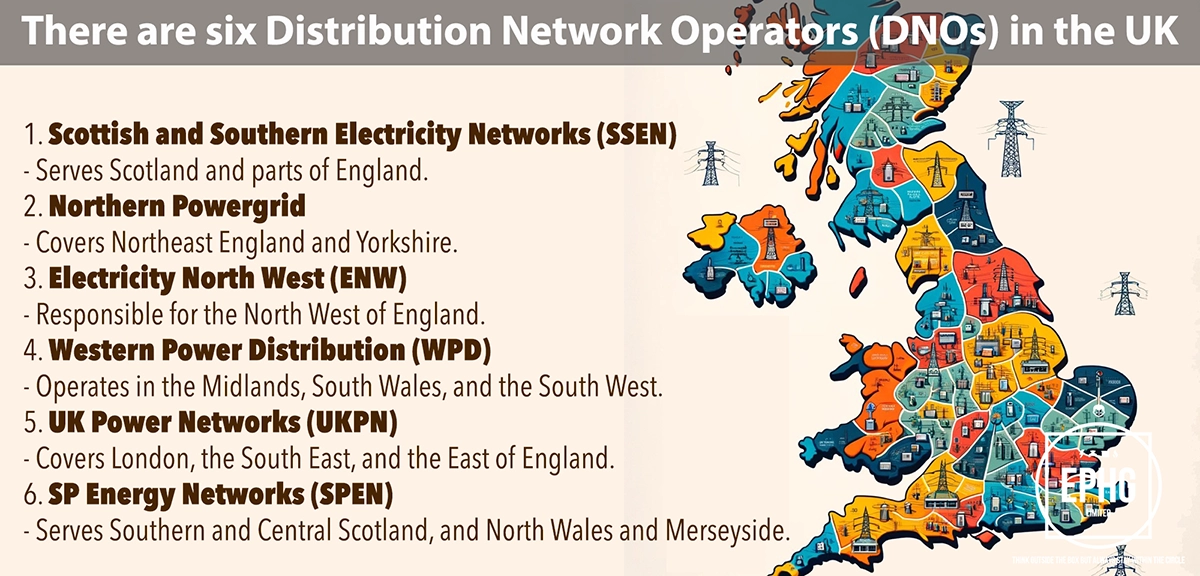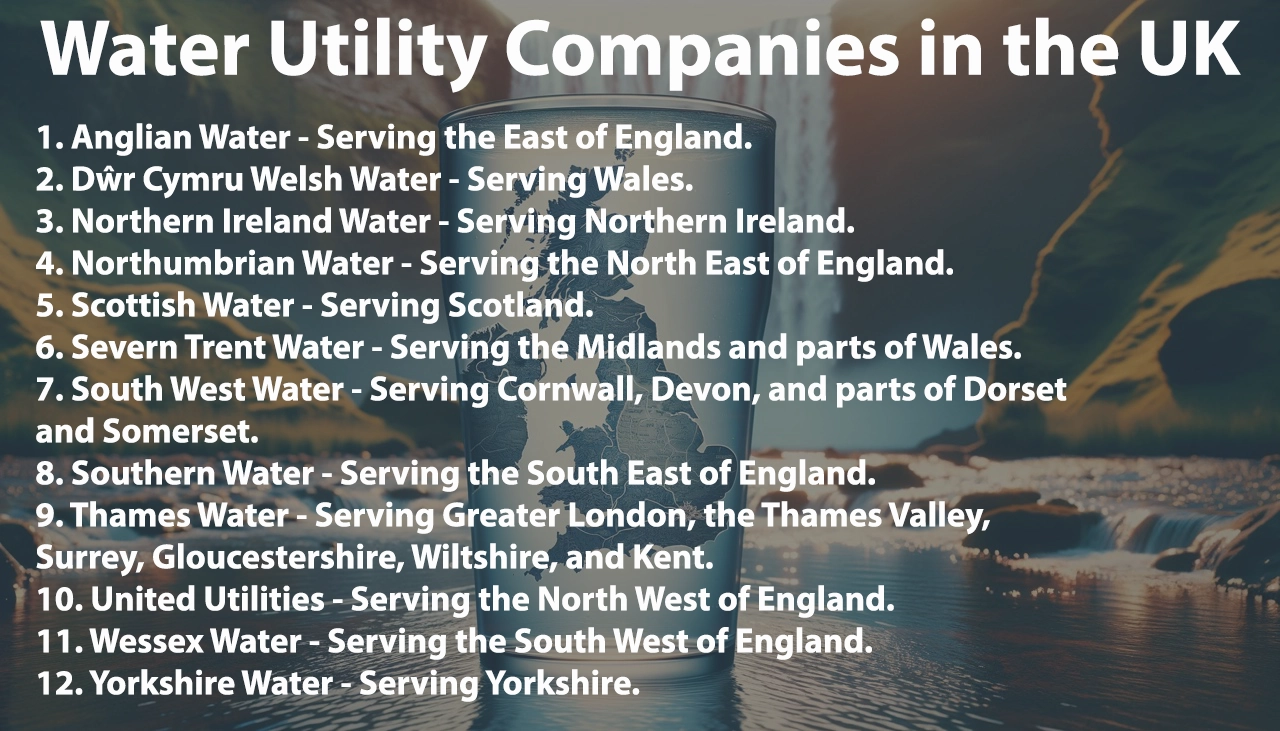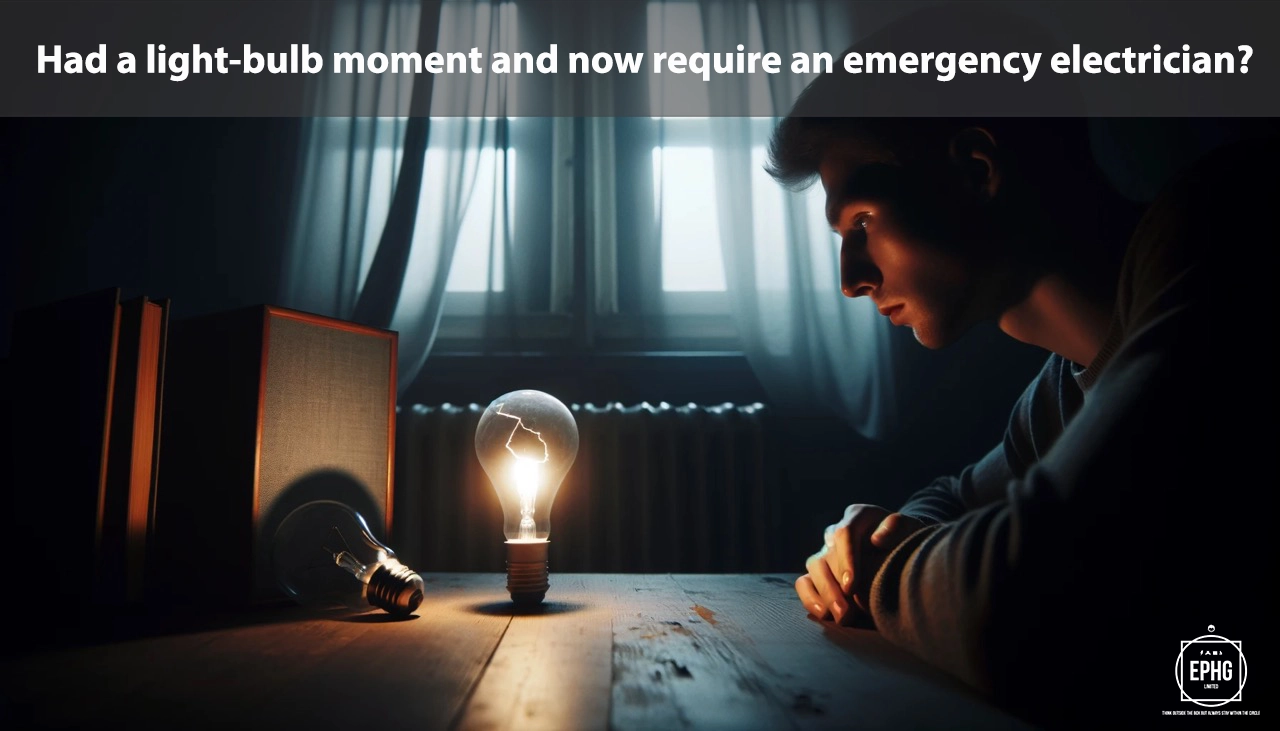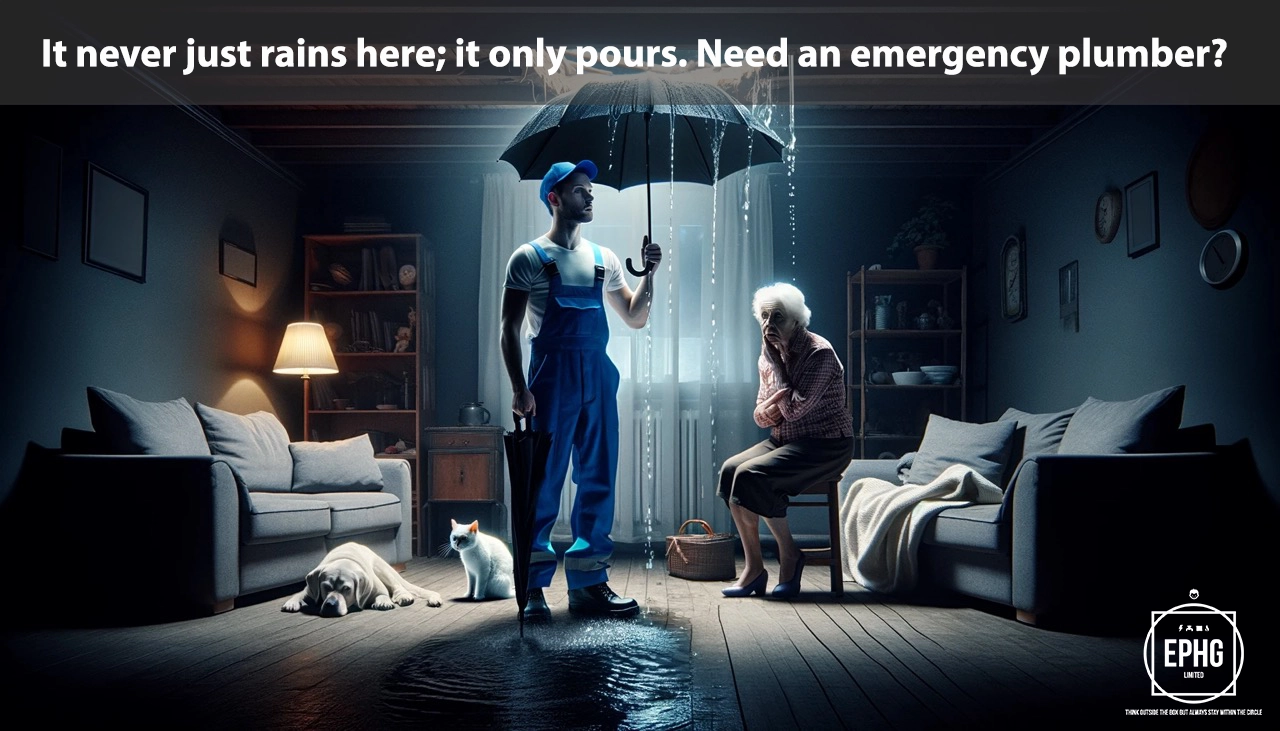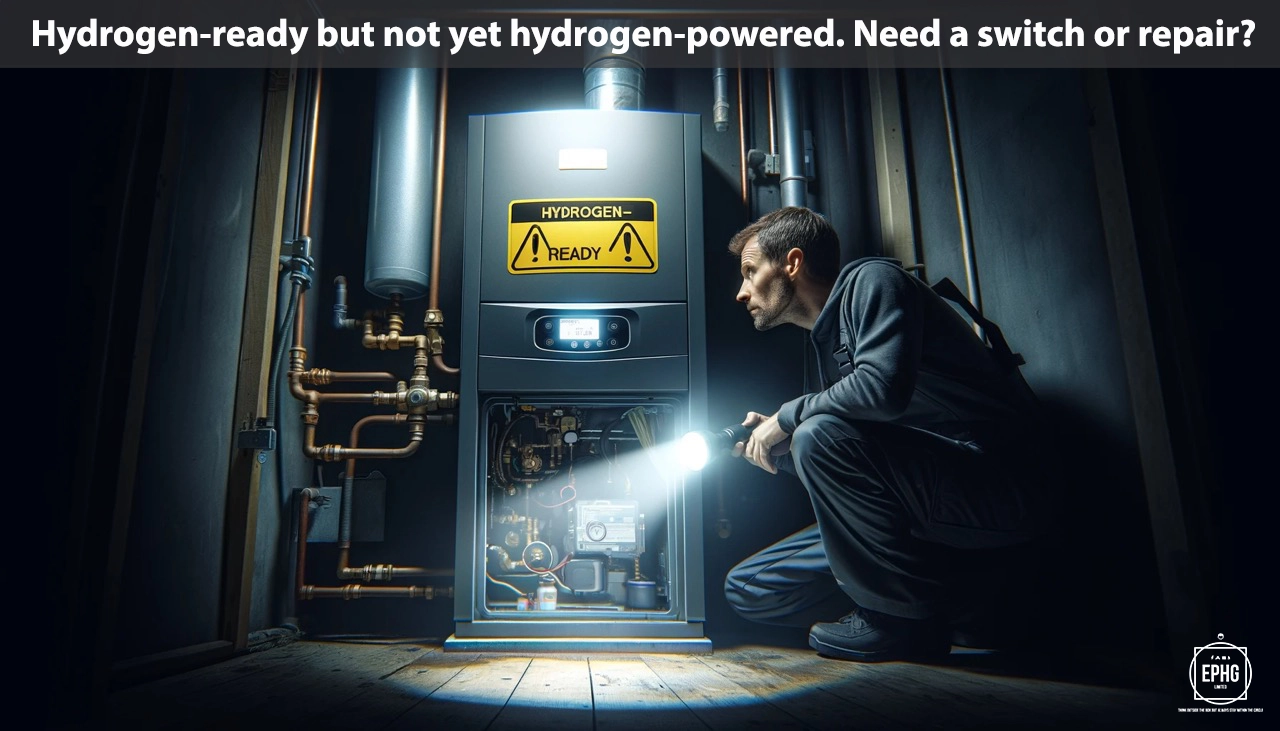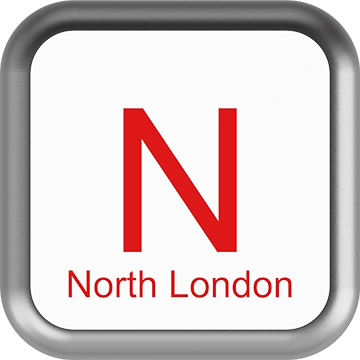
N Postcodes for Utilities & Services in North London
Introduction: The N postcode area, covering North London, offers a diverse urban setting with a rich historical backdrop. In this overview, we delve into insights on water and electricity, alongside other vital services for residents and businesses in the area.
Water in North London
Where does the water supply come from in North London and is there ever a shortage of water?
In North London, the primary water supply comes from the River Thames and the River Lee, among other smaller sources. These rivers, along with reservoirs such as the Lee Valley Reservoir Chain, are fundamental in supplying the area with water. Thames Water and Affinity Water are the main suppliers, ensuring water meets safety standards before distribution. Despite the challenges posed by urban demand and climatic variability, measures such as sustainable urban drainage systems (SUDS) and water conservation programs are in place to manage resources efficiently. Residents are encouraged to partake in water-saving initiatives to mitigate the risk of shortages.
What is the hardness & quality of the water in North London and can this affect your health?
The water in North London is generally classified as 'hard' due to its journey over chalk and limestone areas. Hard water contains higher levels of calcium and magnesium, leading to more mineral buildup in appliances. Despite this, the water quality remains within safety standards set by regulatory bodies, ensuring it is safe for consumption. While hard water can affect skin conditions for some individuals, it is not harmful to general health, and water filters can mitigate its effects. Regular testing and monitoring continue to ensure the water's safety and quality for all residents.
Electricity in North London
Where does the electric supply come from in North London and what is the future of energy there?
Electricity in North London is supplied through the national grid, with a mix of traditional and renewable energy sources. The area is seeing an increase in green energy solutions, including solar panels on residential and commercial buildings and community energy projects. The future of energy in North London is steering towards sustainability, with initiatives aimed at reducing carbon emissions and enhancing energy efficiency. Investments in renewable energy infrastructure and smart technology are key components of this vision, ensuring a reliable and eco-friendly energy supply for the future.
Electricity in North London
Where does the electric supply come from in North London and what is the future of energy there?
The electric supply in North London primarily comes from the national grid, sourced from a variety of power stations across the UK. Given the urban nature of the area, North London benefits from a mix of energy sources, including renewable energy contributions from solar panels on buildings and small-scale wind projects. The area is seeing a gradual shift towards more sustainable energy solutions, aligning with London's wider environmental goals. Future developments focus on increasing the share of renewable energies, improving energy efficiency in homes and businesses, and exploring innovative technologies like battery storage and smart grids.
When is hydrogen coming to gas boilers in North London?
The introduction of hydrogen fuel to North London’s gas boilers is on the agenda as part of the UK’s broader transition to green energy, though specific timelines remain under discussion. Pilot projects and research are underway to assess the feasibility and safety of converting the gas network to hydrogen. Residents will be kept informed of changes and developments, with local government and utility providers offering guidance on transitioning to more sustainable heating solutions and maintaining existing systems.
Where Does the Wastewater Go in North London?
In North London, wastewater management is handled through an extensive sewer network leading to major treatment facilities like the Beckton Sewage Treatment Works, one of the largest in Europe. These facilities are equipped with advanced technology to treat wastewater to high standards before releasing it back into the River Thames, minimizing environmental impact. Ongoing infrastructure projects aim to upgrade the system, increase capacity, and reduce overflow incidents, ensuring the area's waterways remain clean and wildlife-friendly.
Regions and Services:
The N postcode area showcases the vibrant and diverse landscape of North London, from the bustling urban centers to the serene parks and residential districts. Key regions include:
- Islington and Camden: Cultural and social hubs known for their rich history, diverse communities, and comprehensive utilities infrastructure. These areas are pioneering in sustainable urban living with initiatives like community energy schemes and extensive recycling programs.
- Haringey and Hackney: Areas combining the charm of residential neighborhoods with the dynamism of urban development. Investments in renewable energy and efficient public transport systems reflect their commitment to modern, eco-friendly services.
- Barnet and Enfield: Suburban boroughs offering a mix of traditional and modern living. These areas are seeing an increase in renewable energy installations and green spaces, aimed at enhancing the quality of life and reducing the carbon footprint.
Across the N postcode, from historic Islington to green Enfield, residents benefit from a well-developed utilities network while embracing the shift towards sustainable energy solutions and environmentally conscious living.

Regions within the N Postcode
Central and Inner North London Areas
- N1: Includes Islington, parts of Barnsbury, and Canonbury - Known for vibrant nightlife, shopping, and the Regent's Canal.
- N2: East Finchley, Fortis Green, Hampstead Garden Suburb - Residential areas combining city access with suburban tranquility.
- N3: Finchley, Church End, Finchley Central - Suburban areas with parks, cultural institutions, and community hubs.
- N4: Finsbury Park, Manor House, Harringay, Stroud Green - Diverse communities with green spaces and bustling local economies.
- N5: Highbury, parts of Islington - Features Highbury Fields and close proximity to Emirates Stadium.
- N6: Highgate, Hampstead Heath - Known for its village atmosphere and historic architecture.
- N7: Holloway, parts of Islington and Tufnell Park - Diverse residential areas with a strong community feel.
- N8: Hornsey, Crouch End, Harringay - Areas famous for artistic communities and village-like centers.
Outer North London Areas
- N9: Lower Edmonton - A mix of residential properties and local amenities with historical significance.
- N10: Muswell Hill - Known for its Edwardian architecture, shopping, and viewpoints over London.
- N11: New Southgate, Friern Barnet, Bounds Green, Arnos Grove - Residential suburbs with good transport links and parks.
- N12: North Finchley, Woodside Park - Suburban areas with shopping districts and community facilities.
- N13: Palmers Green - Features Broomfield Park and a vibrant high street.
- N14: Southgate, Oakwood, Arnos Grove - Residential neighborhoods with parks and leisure facilities.
- N15: South Tottenham, Harringay, West Green, Seven Sisters - Multicultural areas with strong local communities.
- N16: Stoke Newington, Stamford Hill, Shacklewell, Dalston, Newington Green - Known for their diverse populations, independent shops, and historical areas.
- N17: Tottenham, South Tottenham - Areas undergoing regeneration with sports, arts, and community projects.
- N18: Upper Edmonton - Industrial and residential sections with local redevelopment plans.
- N19: Upper Holloway, Archway, Tufnell Park - Residential areas with hilltop views and local amenities.
- N20: Whetstone, Totteridge, Oakleigh Park - Combines traditional charm with access to green spaces and high-end amenities.
- N21: Winchmore Hill, Grange Park, Bush Hill Park - Noted for their village atmosphere, parks, and community spirit.
- N22: Wood Green, Alexandra Palace, Bowes Green - Vibrant areas with cultural venues and shopping centers.
